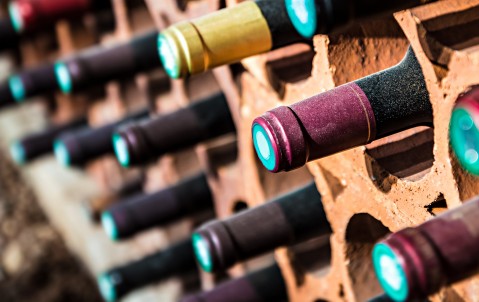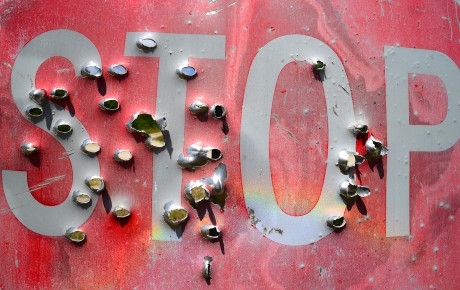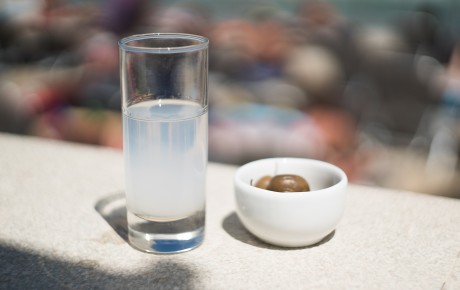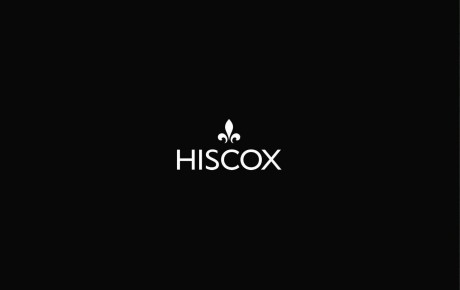
Grading grapes
Ratings are now standard in the wine business. But what’s the point of points scores?
We’re now accustomed to making virtually every decision according to rankings, from the car we drive to the films or plays we go to see. It’s no different with the wine we drink. Our choices will be shaped by critics’ ratings. But are these ratings helping or hindering our enjoyment of the blessed grape juice? I am not alone in starting to think that they are becoming as pointless as a broken pencil.
The points system devised by Robert Parker and launched in the first issue of his Wine Advocate newsletter in 1978 was his response to the number of bad, overpriced wines that were around. His scores were intended as an “objective” method of separating the stars from the stinkers.
Now no critic would dare to review a vintage without giving it a numerical score.
Parker’s scores quickly took off and made him the world’s most influential wine critic. Others eventually adopted similar systems to the extent that now no critic would dare to review a vintage without giving it a numerical score.
There’s something of an Atlantic divide in the ratings: Americans tend to favour a 100-point system (based on the US high school marking method), whereas Europeans prefer to use a 20-point system. Despite claims otherwise, they’re effectively the same: a wine with a score of less than 80 or 10 wouldn’t even merit being served to your worst enemy.
Points of view
Scores have a number of cork-ups. They have created the illusion that wines from around the world can be measured using an independent scale. But that’s nonsense. A 95/18-point Californian pinot noir will taste very different to a New Zealand pinot noir or a Burgundy with the same score. That’s because regional variations, terroir (the natural environment in which a wine is produced) and winemakers’ tastes differ so widely as to make them incomparable.
Wine critics will argue scores aren’t meant to be universal, and that a 95-point score means only that it is a very good example of that particular type, region or vintage. But, the seductive (some might say reductive) allure of wine scores means most wine drinkers would think two similarly-scored wines are as good as each other.
The seductive (some might say reductive) allure of wine scores means most wine drinkers would think two similarly-scored wines are as good as each other.
Some great wines will never earn high scores, partly due to critics not wanting to rave about ‘lesser genres of wine’, but also because some wines are meant to be drunk, which handicaps them because scores include marks for a wine maturing with age. (A good score can offer no assurance that a wine will age well, of course. Only that it should. The mysteries of the ageing process mean an eye-wateringly expensive and highly rated wine could taste like vinegar in 15 years’ time.)
Also, it doesn’t mean that you will enjoy a 98-point wine more than an 88-point one. As taste is subjective, so too are wine scores. They vary according to the reviewer’s knowledge, experience or palate – which can change over time.
Critics’ judgment is notoriously subjective and will depend on their mood, what they have just eaten, and at what time they tasted the wine. They try dozens, even hundreds, of wines in a day and it’s not surprising that their palates become exhausted towards the end.
As taste is subjective, so too are wine scores. They vary according to the reviewer’s knowledge, experience or palate – which can change over time.
Some critics prefer wines that are complex and bold, others that have character and elegance. The hegemony of Parker’s ratings and his preference for big, bold (some would argue overripe) reds changed the taste of wine.
Inflation rate
There has also been inflation in wine scores. Although not yet on a par with Venezuela, it is certainly heading that way, making wine ratings’ value just as dubious as the bolivar. A score of 89 is now regarded as a failure, when ten years ago it would have been viewed as an absolute corker. The number of ‘perfect’ scores has also increased dramatically. In 2005, there were 17 wines awarded ratings of 100. In 2009, that number more than doubled to 38. In 2014, there were 102. It won’t be long before a score of less than 95 will be viewed as a letdown.
This brings us to the thorniest issue with ratings: their value as a powerful marketing tool. A good score can cause a wine to fly off the shelves. A bad one will mean it becomes almost unsellable. So, it’s inevitable that winemakers will make wines they think influential critics will enjoy.
In 2005, there were 17 wines awarded ratings of 100. In 2009, that number more than doubled to 38. In 2014 there were 102. It won’t be long before a score of less than 95 will be viewed as a letdown.
It’s a bitter irony that scores, which Parker originally devised to make wine more accessible, have been used by winemakers to hike the prices of their best wines beyond the reach of the average wine lover. As Winesearcher points out: “many of the world's most expensive wines got that way because of Robert Parker's high scores.” For example, Harlan Estate’s first vintage of its raved-about Cabernet Sauvignon in 1990 sold for $90 a bottle. It subsequently earned five 100-mark ratings from Parker, and now fetches over $850 a bottle.
Also, critics’ efforts to ‘democratise’ wine through easy-to-understand ratings has also led to its taste becoming homogenised. There is less individuality in winemaking these days, because producers are all trying to create the same style of wine to influence the most powerful critics. Character and originality are now at a premium in every way. It is almost enough to drive you to drink water.
So what should we make of wine scores?
To use an insurance analogy, they should be seen in the same way as cat models: a helpful steer to make informed decisions, rather than being the sole criterion on which you decide. They should be taken as a guide not gospel.
Choosing the right bottle of wine depends on many factors: the occasion, whether you are serving food with it and, perhaps most importantly, with whom you will drink it.
To use an insurance analogy, they should be seen in the same way as cat models: a helpful steer to make informed decisions, rather than being the sole criterion on which you decide.
Buying wine by its score might seem like the simplest and most savvy way, but you’ll really miss out if you do. Half the fun is in trying different wines to enhance your appreciation and enjoyment of wine.
So put away your guides and trust your instincts. Put your faith in your taste buds, not the critics – there are so many delicious wines out there to explore.



